Daejeon Jagwangsa Temple (자광사(대전))
13.8Km 2021-09-07
50-8, Hakhadong-ro 63beon-gil, Yuseong-gu, Daejeon
+82-42-822-9220
Legend has it that the region of Hakha-dong was where the gods lived when they periodically came down from the heavens. When Jagwangsa Temple was built in the district, Song Siyeol saw it as a sign and created a village school near the temple to train his pupils. It was his hope that the sacred land would aide in the raising of gifted students who would grow to serve their community and country. When building the school, Song Siyeol also planted a juniper tree that, 300 years later, still proudly stands by Jagwangsa Temple.
Upon entering the temple area, visitors will find to their left the Seongjeonnyeongdangji Memorial Stone, which serves to commemorate Song Siyeol and his school. Next to the memorial stone is a pond in which carp swim lazily around lotus flowers. From the white wooden chair in front of the pond, there is a large bell to the left and main Dharma Hall to the right.
Injeongwon (인정원)
13.9Km 2024-02-23
755 Gyeryong-ro, Jung-gu, Daejeon
042-254-4999
Injeongwon is a Korean restaurant known for its charming interior and traditional cuisine. The highlight of their menu is the Injeongwon jeongsik (Injeongwon set menu), which includes a range of dishes such as appetizing porridge, ginseng with honey, doraji jeonggwa (braised balloon flower roots in sweet sauce), and muneo sukhoe (parboiled octopus). In addition to this set menu, guests can enjoy other delectable offerings like the savory and lightly flavored borigulbi (barley-aged dried yellow croaker), accompanied by a variety of side dishes, jjigae, and desserts.
Daejeon Hanhwa Life Ballpark (대전 한화생명 볼파크)
13.9Km 2025-10-23
373 Daejong-ro, Jung-gu, Daejeon
Hanwha Life Ballpark, located in Daejeon, is a KBO League professional baseball stadium. During baseball season, the park attracts a large number of visitors. The stadium's food and beverage outlets are located in the third base and outfield, center field, and first base and outfield.
Geumgwang Hanjeongsik (금광한정식)
13.9Km 2024-02-23
127 Chungmu-ro, Jung-gu, Daejeon
042-226-8686
Geumgwang Hanjeongsik is celebrated for its exquisite Korean table d'hote course menu. The centerpiece of their offerings is the specialty course menu that showcases sinseollo (royal hot pot), a dish historically reserved for state banquets. While the specific composition of the menu may vary slightly depending on the selected course, it generally includes a series of delicacies such as appetizer juk (porridge), yukhoe (beef tartare), jeonbok gui (grilled abalone), and galbijjim (braised galbi).
Oesik (외식)
14.0Km 2024-02-15
435-9 Daejeon-ro, Dong-gu, Daejeon
Oesik is a Korean restaurant that specializes in grilled Korean beef and pork. Among their highlighted menu items are dwaeji galbi (grilled pork galbi) and seokgalbi jeongsik (stone-grilled galbi set menu) lunch special. Additionally, they offer delectable choices like hanu yukhoe (Korean beef tartare) and hanu gui (grilled Korean beef). The seokgalbi jeongsik is particularly popular as it allows customers to savor both dwaeji galbi and sot bap (pot rice) in a single meal.
Daejeon Modern History Exhibition Hall (대전근현대사전시관(옛 충남도청사 본관))
14.2Km 2025-10-23
101 Jungang-ro, Jung-gu, Daejeon
Daejeon Modern History Hall opened to the public on October 1, 2013 at the former main building of Chungcheongnam-do Provincial Government, Daejeon (Registered Cultural Heritage). Visitors can see various scenes of history and the development of Daejeon over the past 100 years from the early 20th century to current times. Daejeon operates a planned exhibition hall, special exhibition showcasing history, architecture, design, folk style and other varied fields as well as a rotating exhibition. Also, touring the main building of Chungcheongnam-do Provincial Government, music concerts and various cultural education programs are available in this cultural complex.
Manna (만나)
14.2Km 2024-02-15
138 Daeheung-ro, Jung-gu, Daejeon
Manna is a renowned restaurant known for its sukiyaki, a traditional Japanese dish. This dish boasts a delightful combination of beef, vegetables, mushrooms, and fish cakes, all simmered in a delicate broth. Typically, the cooked ingredients are dipped in raw egg, which adds a rich and creamy texture. Alternatively, the cooked meat can be dipped in ssamjang (mixed paste) and wrapped in lettuce. Complementing the meal, lemonsawa (a mix of soju or sake with lemon juice) pairs well with sukiyaki. The experience is often rounded off with lemon tea, providing a refreshing and soothing conclusion to the dining experience.
Bada Hwangje (바다황제)
14.2Km 2024-02-23
43 Daeheung-ro 121beon-gil, Jung-gu, Daejeon
0507-1411-5665
Bada Hwangje is renowned for its fresh seafood cuisine. Their signature offering is a course menu that includes freshly sliced raw fish and a spicy seafood stew. Accompanying these are a well-curated selection of standard side dishes, fresh vegetables for wraps, and an impressive array of 15 appetizers. Another highly popular dish at Bada Hwangje is the jeonbok haesintang (chicken and seafood soup with abalone). This soup is meticulously simmered with a variety of seafood, duck, five key ingredients, and a blend of Korean herbs.
Gyeryong Musangsa Temple (무상사(계룡))
14.2Km 2023-04-13
129, Hyangjeoksan-gil, Gyeryong-si, Chungcheongnam-do
+82-42-841-6084
Musangsa Temple is an international Zen Temple exclusively for foreigners. The temple aims at promoting Korean Zen Buddhism among foreign monks and nuns while encouraging non-Buddhist priests and religious leaders to experience Zen. Twice a year (once in the summer and once in the winter) a 3-month program is held for foreign monks and nuns to come and practice Ganhwaseon, a type of Zen Buddhism. Travelers and other foreigners are also welcome to participate in shortened versions of the program, which are typically one week in length. During meditation/program periods, public visits are limited. The temple’s yearly schedule is divided into three sections with the last section providing various events and programs including weekend events and workshops. The temple also offers temple stay and other programs run in both Korean and English.
Miso Bonga Smile Kalguksu (미소본가스마일칼국수)
14.3Km 2024-02-23
82 Bomun-ro 230beon-gil, Jung-gu, Daejeon
042-221-1845
Miso Bonga Smile Kalguksu is renowned for its kalguksu (noodle soup), featuring handmade noodles. The dish presents a noodle soup rich with ingredients such as anchovy broth, crown daisy, ground perilla seeds, and zucchini. Popular summer dishes include son kongguksu (noodles in cold soybean soup), suyuk (boiled pork slices), and the crispy kimchijeon (kimchi pancake), which are also favorites among patrons. This place is so popular that you may find yourself waiting in line.
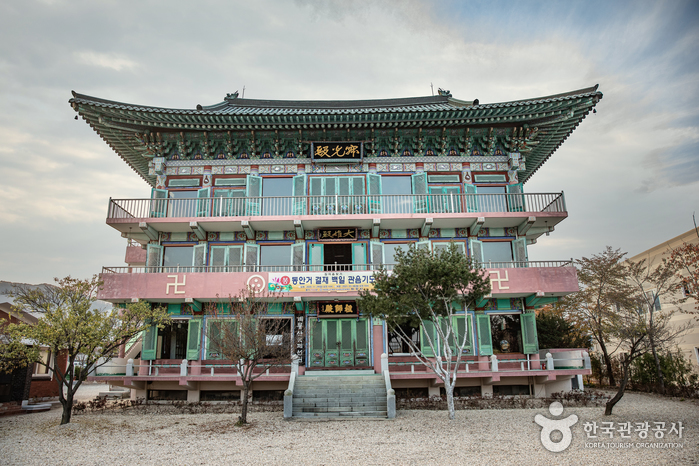

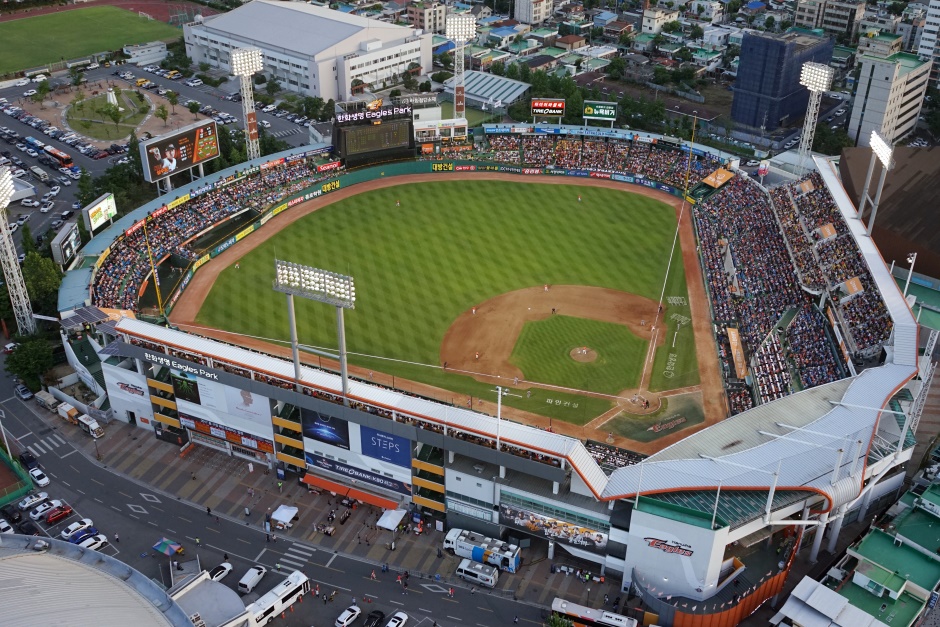
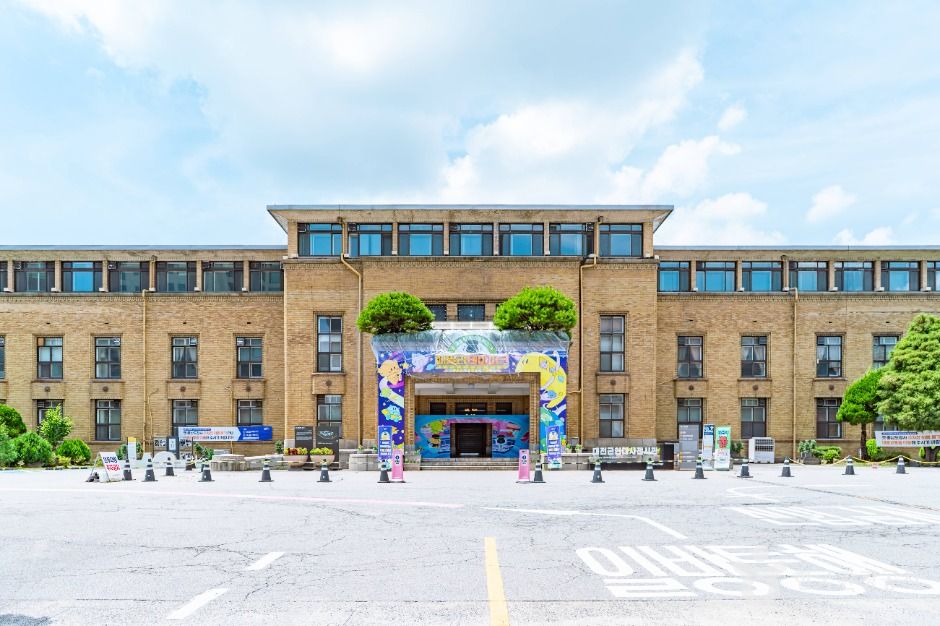
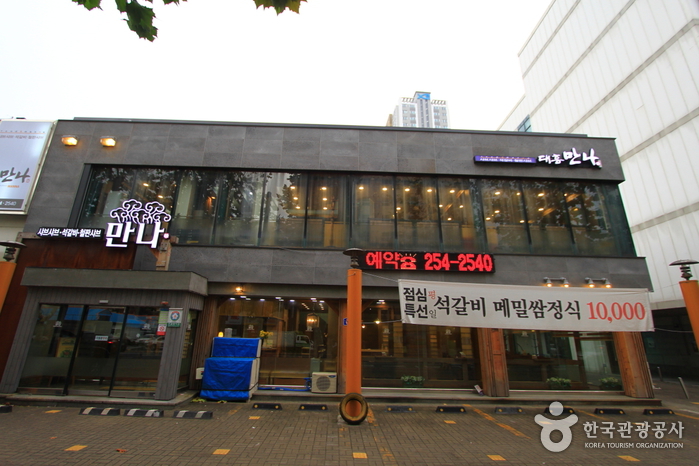
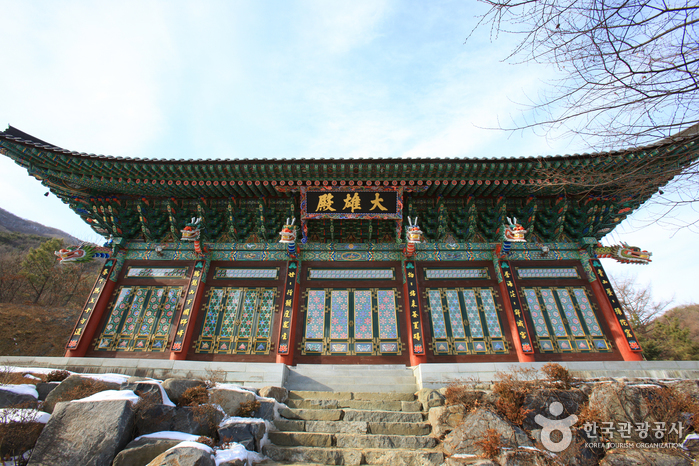
 English
English
 한국어
한국어 日本語
日本語 中文(简体)
中文(简体) Deutsch
Deutsch Français
Français Español
Español Русский
Русский